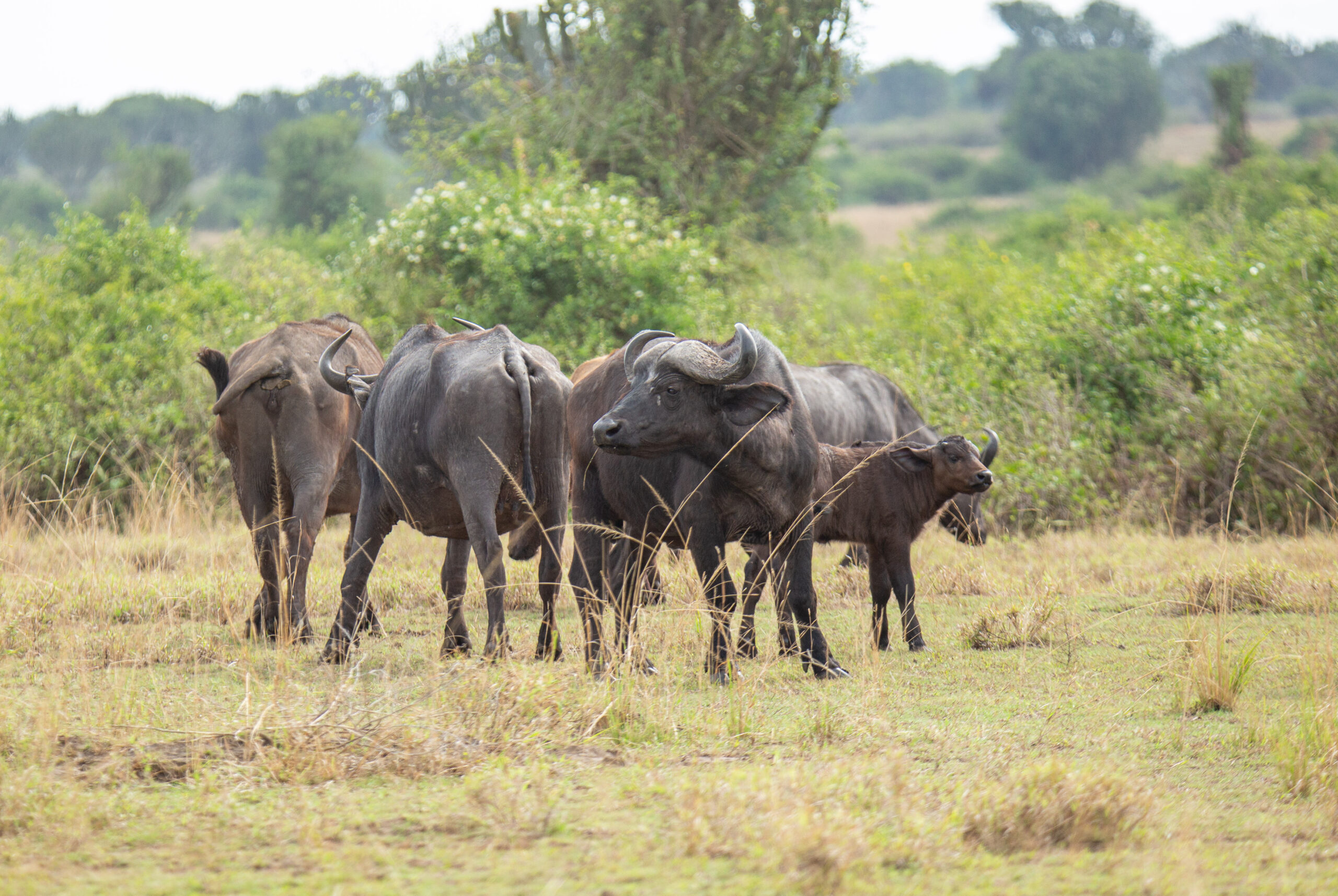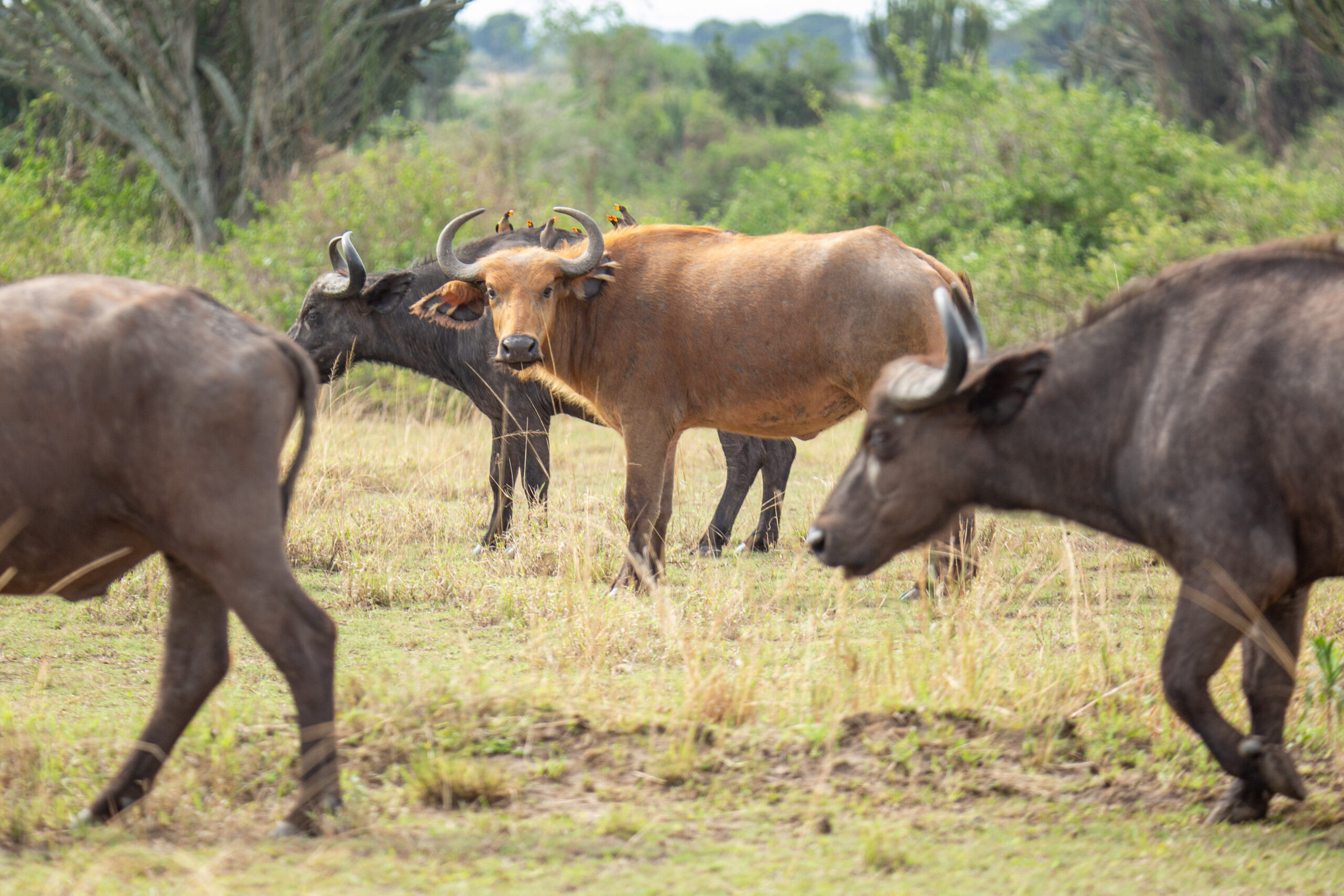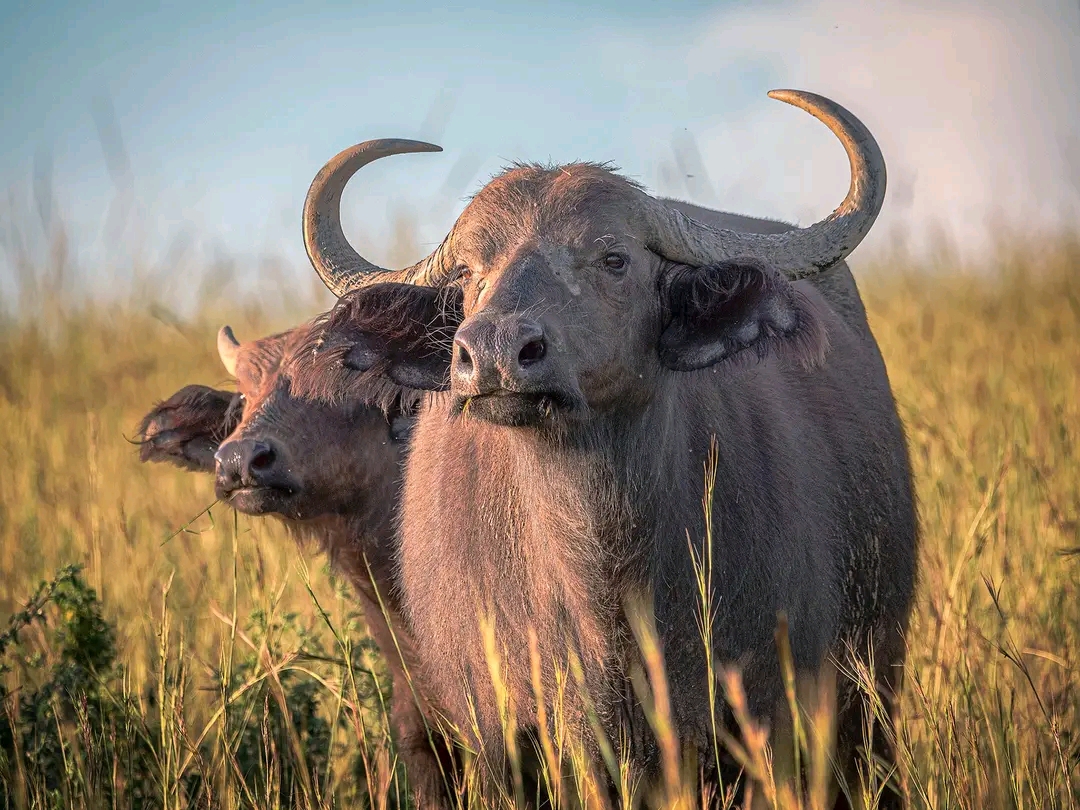
The Cape Buffalo
The Cape buffalo, scientifically known as Syncerus caffer, is one of the most iconic and formidable creatures that inhabit the African savannas. Also referred to as African buffalo or simply buffalo, these majestic giants are an integral part of the African ecosystem. With their imposing presence, unique behaviors, and impressive physical attributes, they have captured the imagination of wildlife enthusiasts and researchers alike. This essay explores the various aspects of the Cape buffaloes, shedding light on their habitat, physical characteristics, social structure, behavior, and significance in the African ecosystem.
A strong member of the BIG 5
Habitat and Distribution
Cape buffaloes predominantly inhabit the grasslands, savannas, and open woodlands of sub-Saharan Africa. They are found in various countries such as South Africa, Kenya, Tanzania, Botswana, Zimbabwe, and Namibia, among others. These areas offer the perfect blend of grasses and water sources that suit the buffalo’s grazing needs.
While in East Africa, expect to see The Cape buffalo in almost all Savannah National Parks.
Physical Characteristics
The Cape buffalo is a large and robust bovine species, with males being significantly larger than females. Adult bulls can weigh up to 900 kilograms (1,980 pounds) and stand at a shoulder height of around 1.5 meters (5 feet). The cows are relatively smaller, weighing around 600 to 750 kilograms (1,320 to 1,650 pounds).
One of their most distinguishing features is their formidable, thickset horns, which form a characteristic “boss” shape on the forehead. These horns are essential for defense and can reach up to 1.2 meters (4 feet) in length. The dark-colored, coarse coat of the buffalo acts as protection against external elements and serves as a defense mechanism against biting insects.
Social Structure
Cape buffaloes are highly social animals that live in large herds, which can consist of anywhere between a few dozen to a few thousand individuals. Within these herds, both males and females form strong social bonds. Female herds typically consist of related individuals, while male herds are often composed of bachelor groups. Older bulls, however, may form smaller bachelor groups or roam alone.
Behavior and Adaptations
Despite their seemingly docile appearance, Cape buffaloes are known for their unpredictable and aggressive behavior, particularly when threatened. They have a reputation for being one of the most dangerous animals in Africa, often referred to as “Black Death” due to their fierce nature when defending their herd.
Their well-developed sense of smell and hearing helps them detect predators such as lions and hyenas from a distance. When threatened, the herd forms a defensive circle, with cows and calves positioned in the center and bulls on the periphery, ready to face their predators.
The buffalo’s physical adaptations, such as their thick skin and robust horns, provide them with an advantage in confrontations with predators. Their thick skin is surprisingly tough and difficult to penetrate, even by sharp claws or teeth.
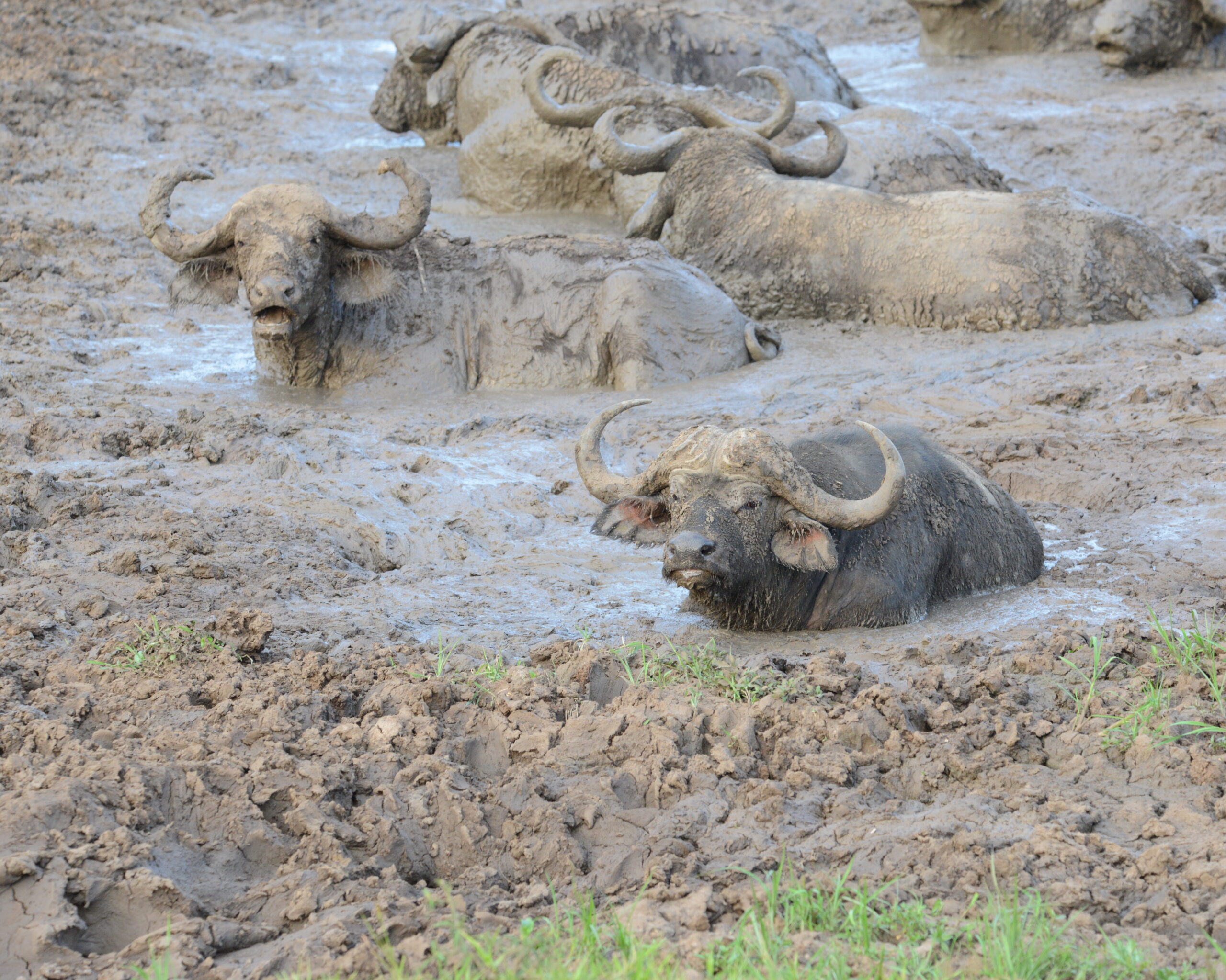
Significance in the African Ecosystem
Cape buffaloes play a crucial role in maintaining the balance of the African ecosystem. As large herbivores, they are essential in shaping and managing the vegetation in their habitats. By grazing on grasses and other vegetation, they prevent certain plant species from dominating the landscape and allow for the regeneration of diverse plant life.
Furthermore, their wallowing behavior creates depressions in the ground that collect water, benefiting other species during dry seasons. These water holes are essential for various animals, providing them with a much-needed water source when other water bodies may have dried up.
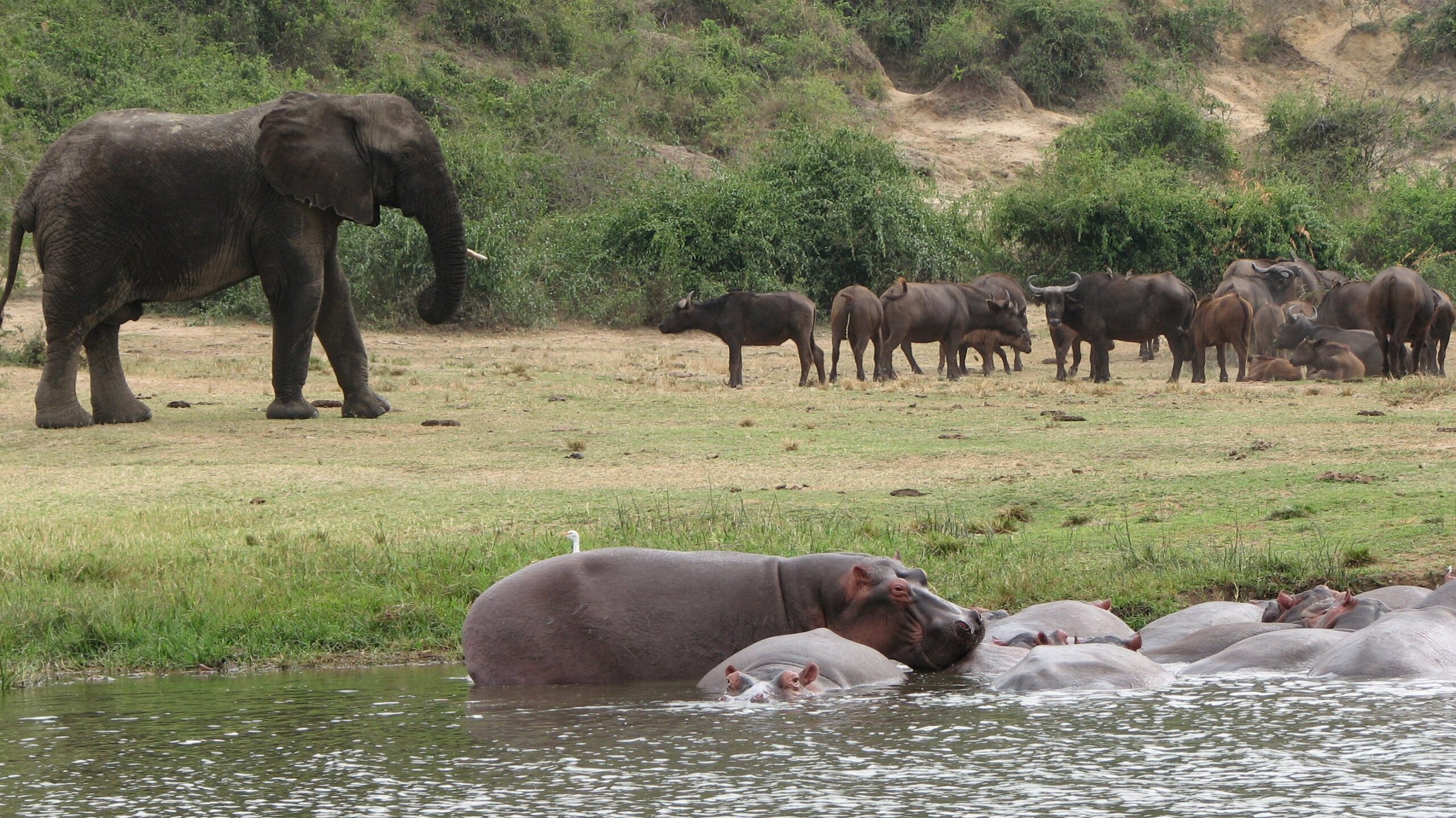
Conclusion
The Cape buffalo is an awe-inspiring creature, deeply rooted in the tapestry of African savannas and grasslands. Its remarkable physical characteristics, social structure, and behavior make it a fascinating subject for researchers and wildlife enthusiasts alike. Despite their fierce reputation, they play an indispensable role in the African ecosystem, contributing to the delicate balance of nature. As we continue to appreciate and conserve these magnificent creatures, it is crucial to acknowledge their significance in maintaining the biodiversity and overall health of the African savannas they call home.

